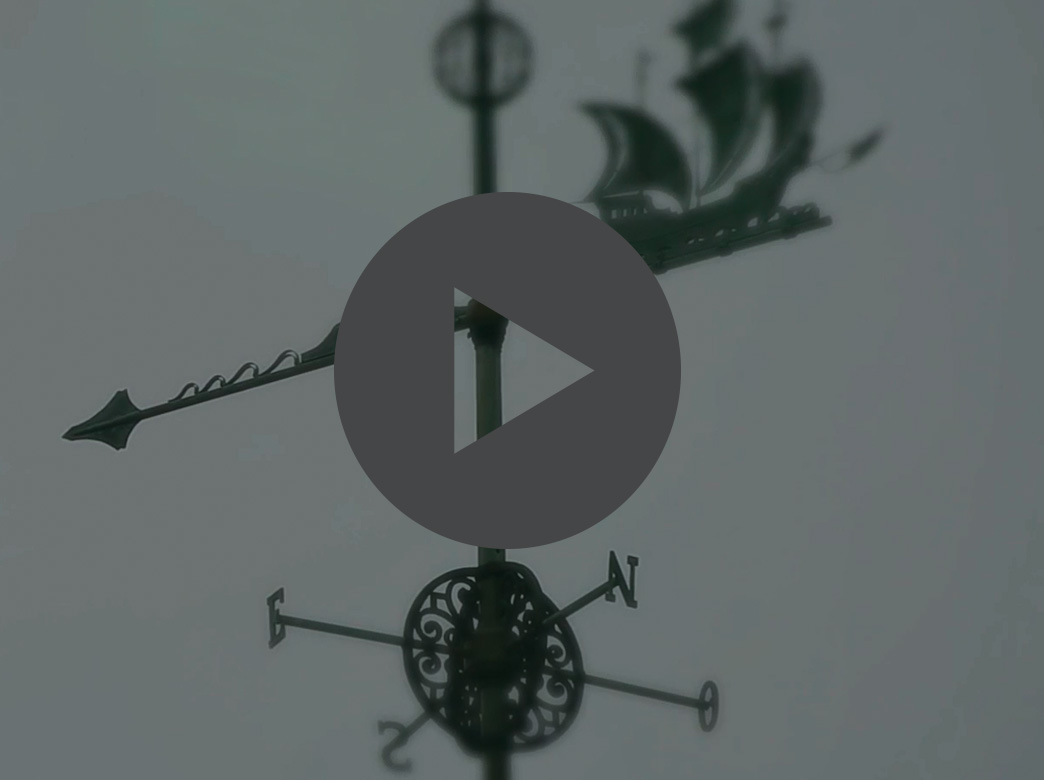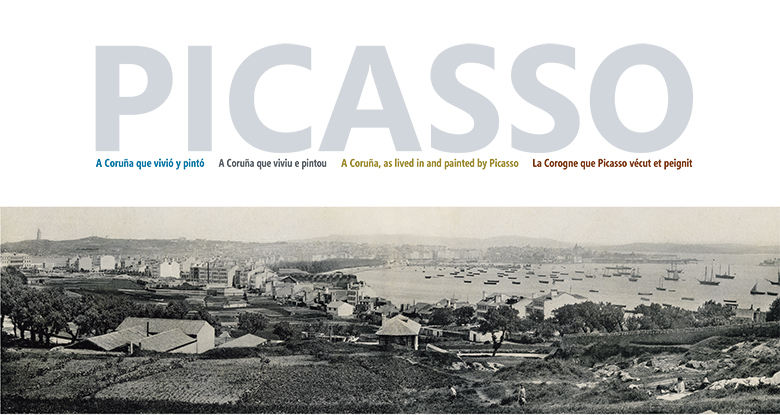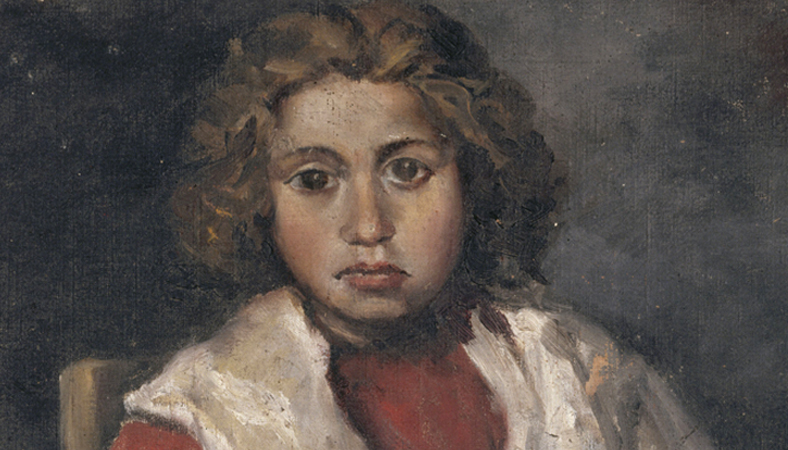
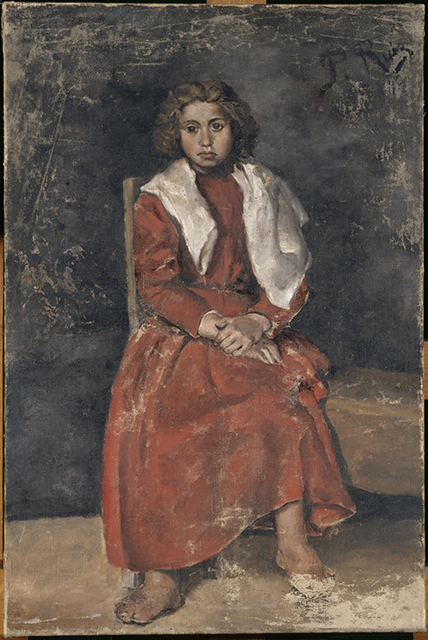
Picasso. La muchacha de los pies descalzos. Musée Picasso,París. © Sucesión Pablo Picasso, VEGAP, Madrid, 2015. © RMN-Grand Palais / Mathieu Rabeau / Adrien Didierjean
 |
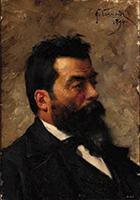 |
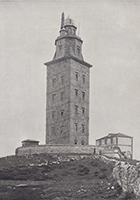 |
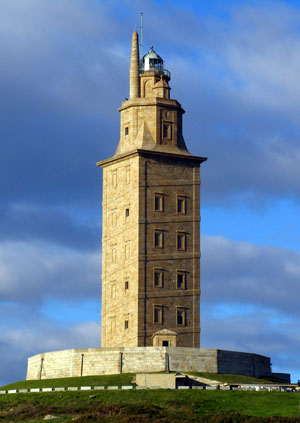 |
BIOGRAPHY |
HIS TEACHERS |
A CORUÑA 1891–1895 |
A CORUÑA TODAY |
HIS TEACHERS |
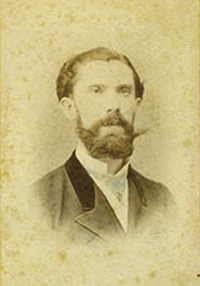 |
 |
 |
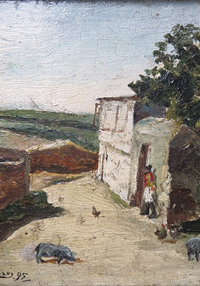 |
| José Ruiz Blasco | Román Navarro García de Vinuesa | Isidoro Brocos | Antonio Amorós y Botella |
Isidoro Brocos (Santiago de Compostela, 1841-1914)
Sculptor, engraver and draughtsman. He was born to an artistic family and many of his relatives developed artistic and musical careers. He was an outstanding wood carver who focused on popular, regionalist and religious themes. There are seven sculptures made by Brocos in the church of San Andrés. He was also an excellent draughtsman according to academic patterns and produced a great number of engravings for important publications, such as La Ilustración Gallega y Asturiana, edited by Manuel Murguía.
He was a corresponding member of the Academia de Bellas Artes de San Fernando and was awarded several medals and received much recognition. Some of his works were acquired by King Alfonso XII.
He combined his artistic vocation with an intense teaching career. He worked as a teacher at the Escuela de Artes y Oficios de Santiago and it was in this city that he also set up his sculpture studio. In 1891 he was appointed professor of Modelling and Casting at the Escuela de Bellas Artes de A Coruña, where one of his students was Picasso himself, who would remember Brocos many years later as an extraordinary teacher. There is a portrait of him drawn by Picasso.
Brocos had started his studies at the Academia de Dibujo de la Real Sociedad Económica de Amigos del País de Santiago de Compostela, and continued his training at the Escuela de San Fernando de Madrid and also by travelling to Italy and France. In Paris he met impressionism first-hand and was interested in the technical and aesthetical innovations being developed by French painters.
Brocos had an important influence on Picasso, and he is likely to have been the first one to present him the new tendencies, which were distant from the academic style, that he had learnt in Paris.
He is buried in A Coruña, in the San Amaro cemetery.
